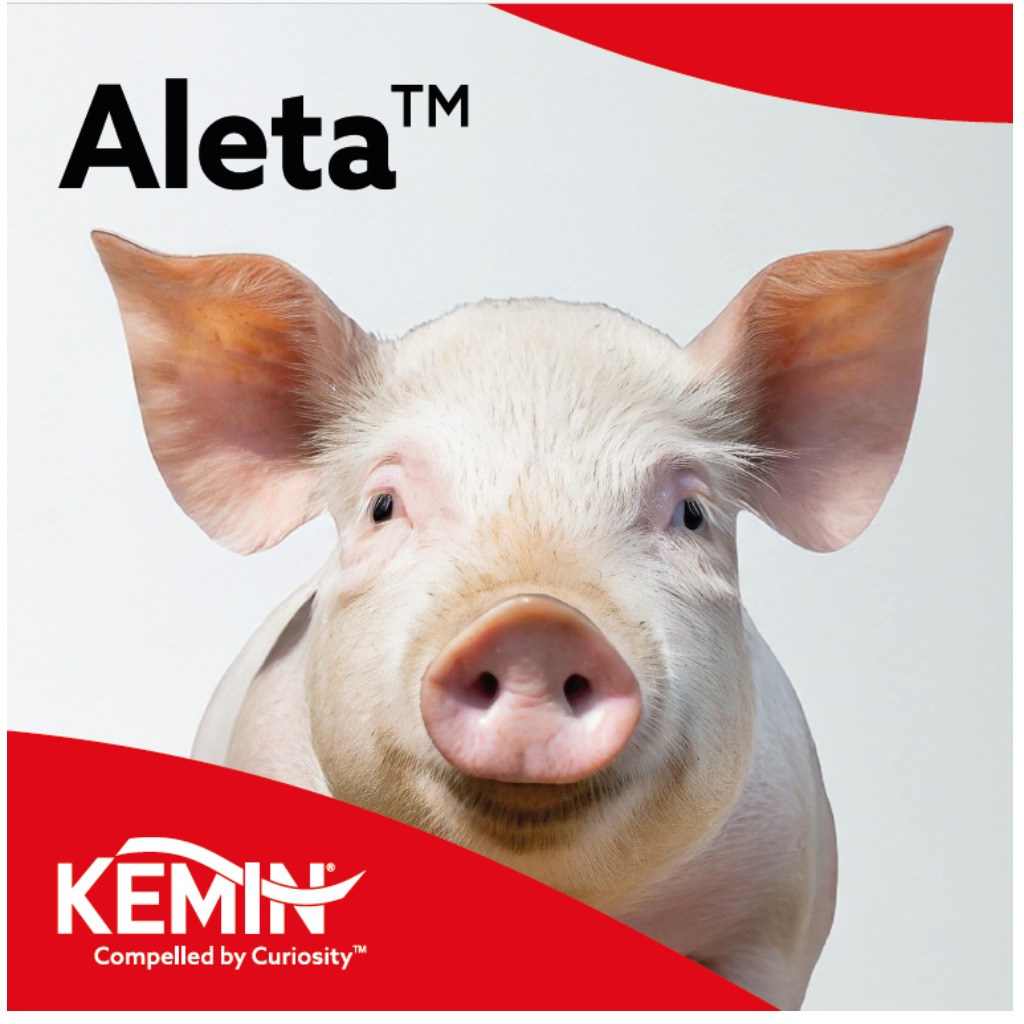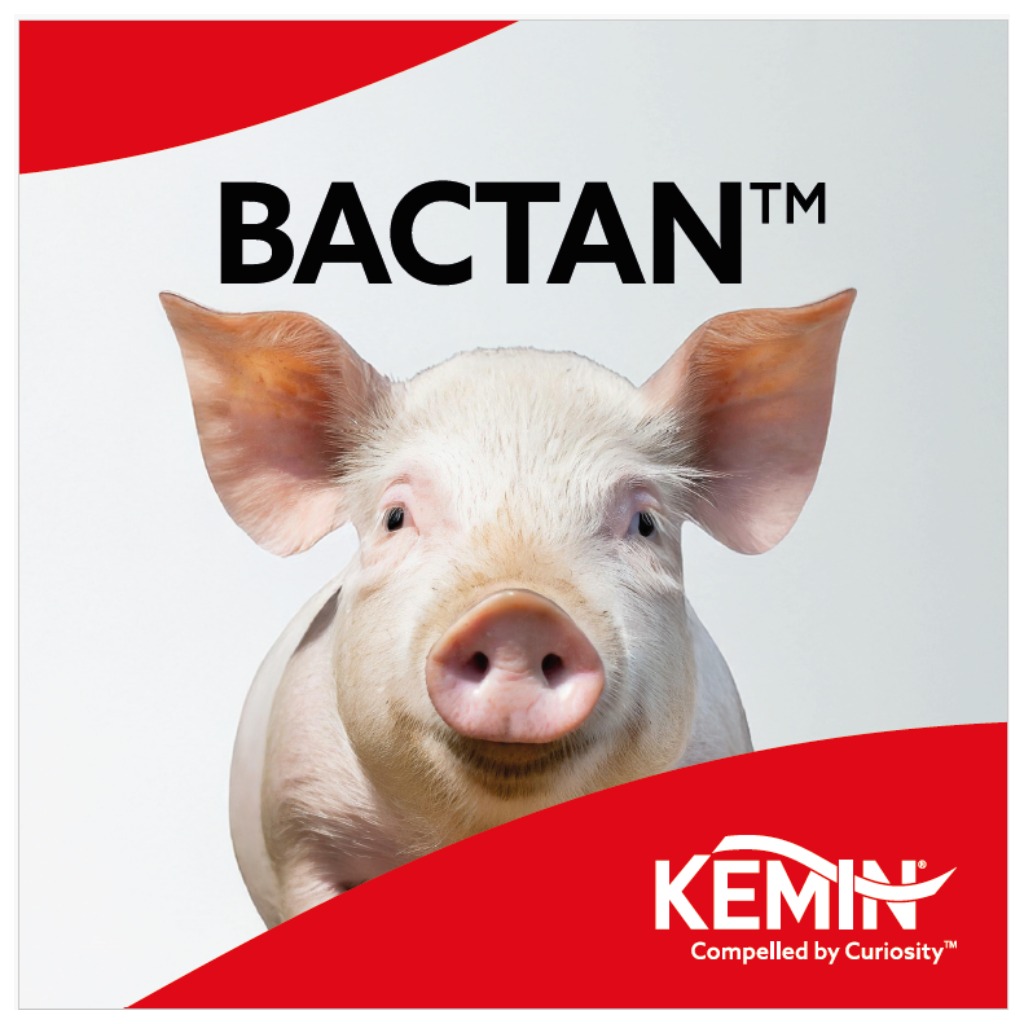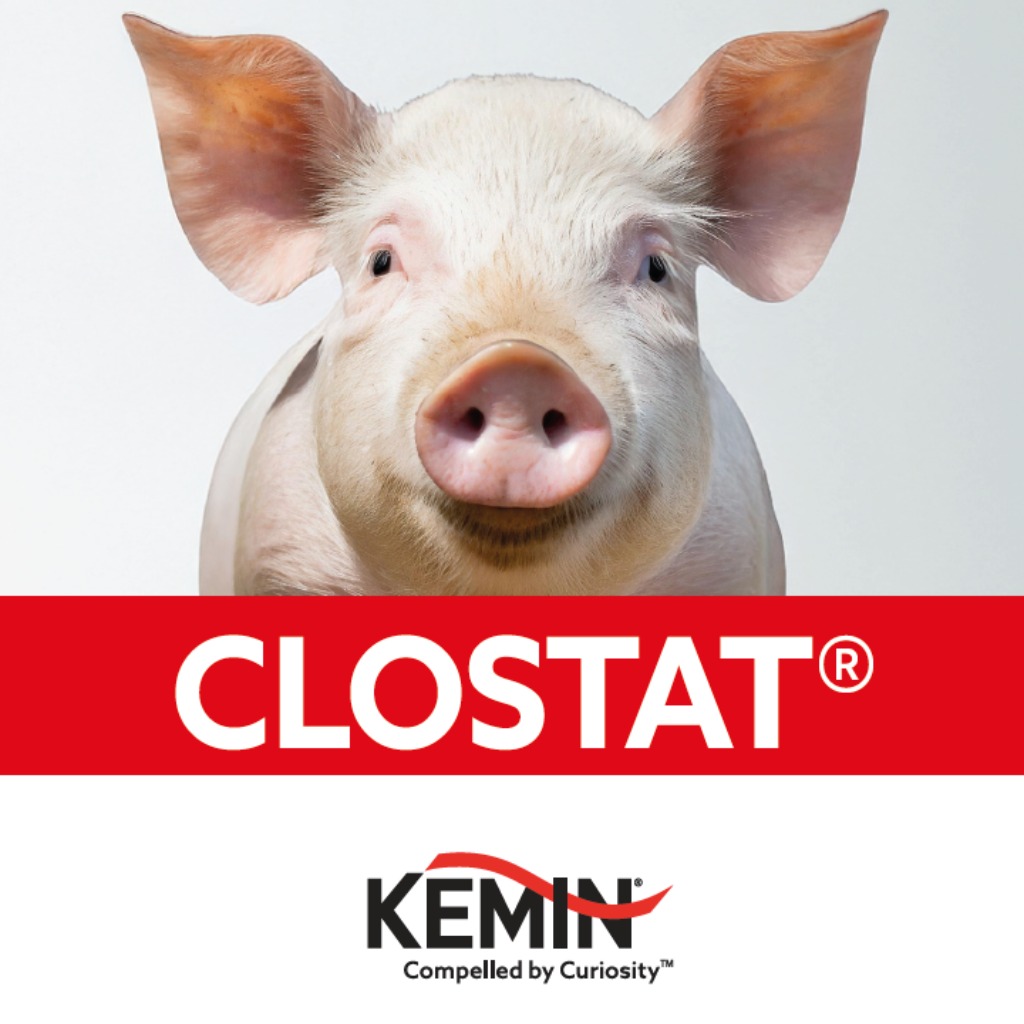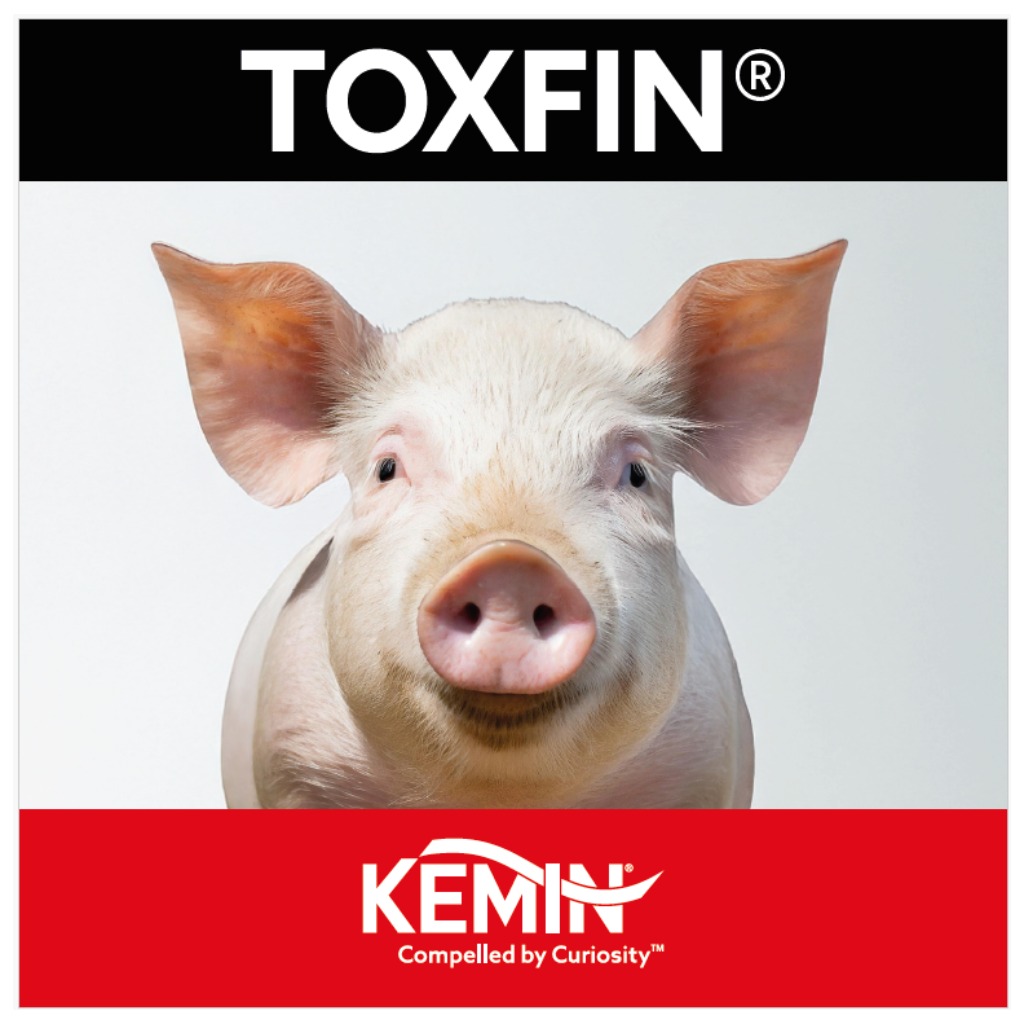Respiratory Tract – how it is linked with the gut and stressors
Host epithelial surfaces are constantly interacting with the external environment, making them key sites for microbial colonization. These surfaces, including the lungs, are crucial for maintaining health and preventing infections. Distinct microbial communities have been identified on various epithelial surfaces, including the lungs, which are separate from the gastrointestinal tract. Respiratory infections in swine are a significant economic concern.
Structure and Function of the Lungs
Similar to the gastrointestinal tract, the lungs contain several functionally distinct layers. These include an overlying mucosa and are innervated by adrenergic and noradrenergic nerve fibers. The lungs play a vital role in gas exchange, being supplied with both oxygenated and de-oxygenated blood. The alveolus, the functional unit of gas exchange between the lung and blood in mammals, including humans and pigs, is a critical site for these interactions
Susceptibility to Bacterial Invasion
The alveolar space is particularly susceptible to bacterial invasion. The alveolar lining fluid, such as mucosa, overlies the lung epithelial cells, creating a barrier that can be breached by pathogens. Research has shown that intraalveolar catecholamine concentrations in the human lung, including norepinephrine and epinephrine, are associated with respiratory infections (Dickson et al., 2015). These catecholamines stimulate the growth of several swine respiratory pathogens, including:
- Actinobacillus pleuropneumoniae (Li et al., 2012)
- Mycoplasma hyopneumoniae (Oneal et al., 2008)
- Bordetella bronchiseptica (Anderson and Armstrong, 2006)
- Pseudomonas aeruginosa (Hegde et al., 2009)
Environmental Enrichment and Stress Reduction
Environmental enrichment, which can reduce swine stress, has been shown to lessen susceptibility to respiratory infections and improve clinical outcomes (van Dixhoorn et al., 2016). This indicates that swine producers should apply the principles of microbial endocrinology to various host-microbe interactions, not just those in the porcine gut. By understanding and managing these interactions, producers can enhance animal health and productivity across different systems.
Practical Implications for Swine Producers
Swine producers can take several steps to manage and improve the health of their animals:
- Environmental Enrichment: Providing a stimulating environment can reduce stress and improve overall health. This includes providing toys, social interactions, and varied physical environments.
- Monitoring and Managing Stress: Reducing stress through proper handling, housing, and care can decrease the incidence of respiratory infections.
- Understanding Microbial Interactions: By studying the interactions between microbes and the host's epithelial surfaces, producers can develop better strategies to prevent infections.
- Improving Hygiene and Biosecurity: Maintaining clean living conditions and preventing the introduction of pathogens can help reduce the risk of infections.
- Nutritional Support: Providing a balanced diet that supports the immune system can help animals resist infections.
By implementing these strategies, swine producers can improve the health and productivity of their herds, leading to better economic outcomes and animal welfare. Understanding the complex interactions between the host's epithelial surfaces and microbial communities is key to managing and preventing respiratory infections in swine.
References:
Anderson and Armstrong (2006) The Bordetella Bfe System: Growth and Transcriptional Response to Siderophores, Catechols, and Neuroendocrine Catecholamines, ASM Journals Journal of Bacteriology Vol. 188, No. 16, https://doi.org/10.1128/jb.00495-06
Dickson et al. (2015) Intraalveolar Catecholamines and the Human Lung Microbiome, American Journal of Respiratory and Critical Care Medicine Volume 192 Number 2
Hegde, M., Wood, T.K. & Jayaraman, A. The neuroendocrine hormone norepinephrine increases Pseudomonas aeruginosa PA14 virulence through the las quorum-sensing pathway. Appl Microbiol Biotechnol 84, 763–776 (2009). https://doi.org/10.1007/s00253-009-2045-1
Li et al. (2012) Global Effects of Catecholamines on Actinobacillus pleuropneumoniae Gene Expression, Plos One https://doi.org/10.1371/journal.pone.0031121
Oneal et al. (2008) Global transcriptional analysis of Mycoplasma hyopneumoniae following exposure to norepinephrine. Microbiology (Reading, England). 154. 2581-8. 10.1099/mic.0.2008/020230-0.
van Dixhoorn et al. (2016) Enriched Housing Reduces Disease Susceptibility to Co-Infection with Porcine Reproductive and Respiratory Virus (PRRSV) and Actinobacillus pleuropneumoniae (A. pleuropneumoniae) in Young Pigs, PLOS one, https://doi.org/10.1371/journal.pone.0161832
Contact :
#(web_contacta_formulario)








